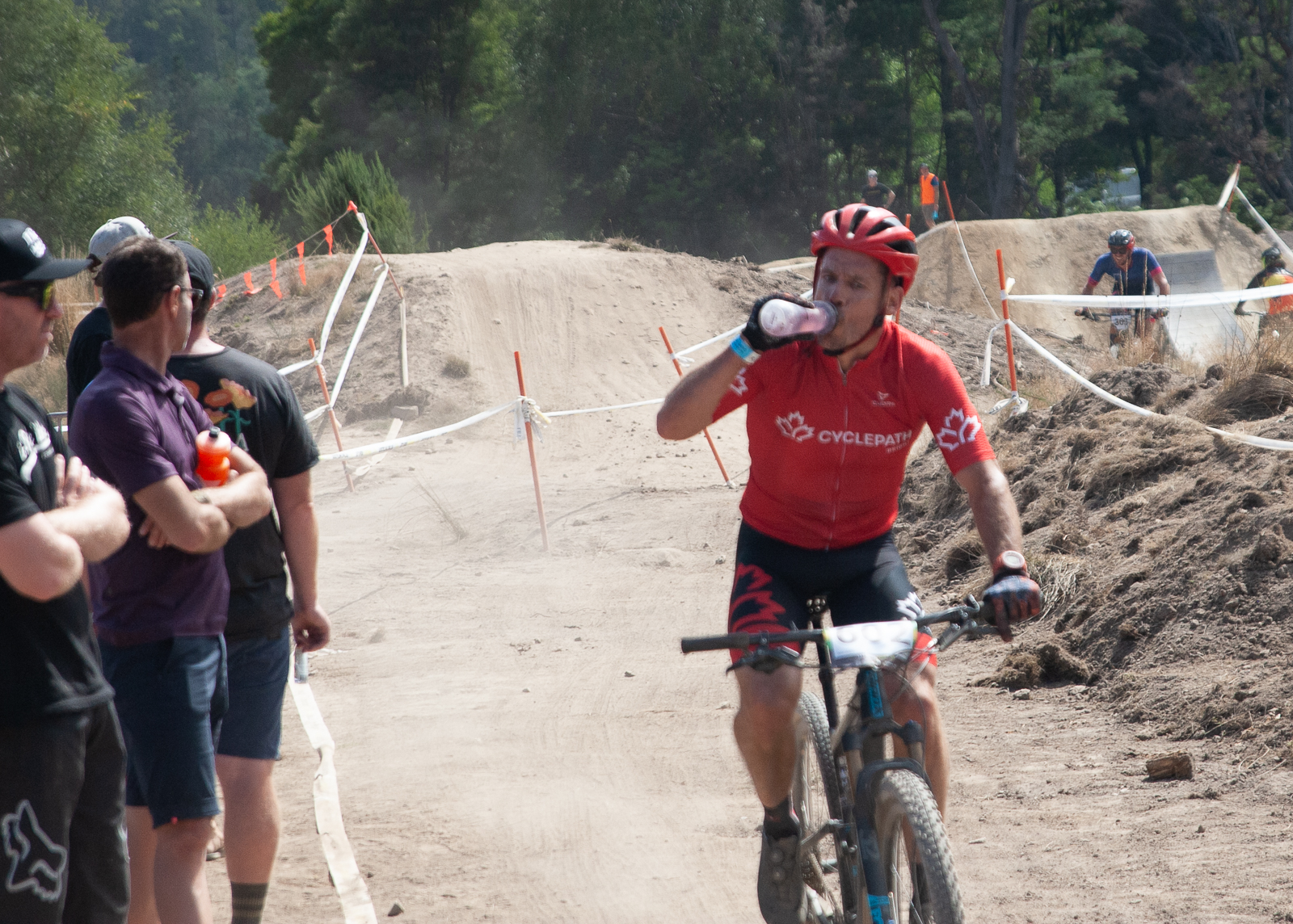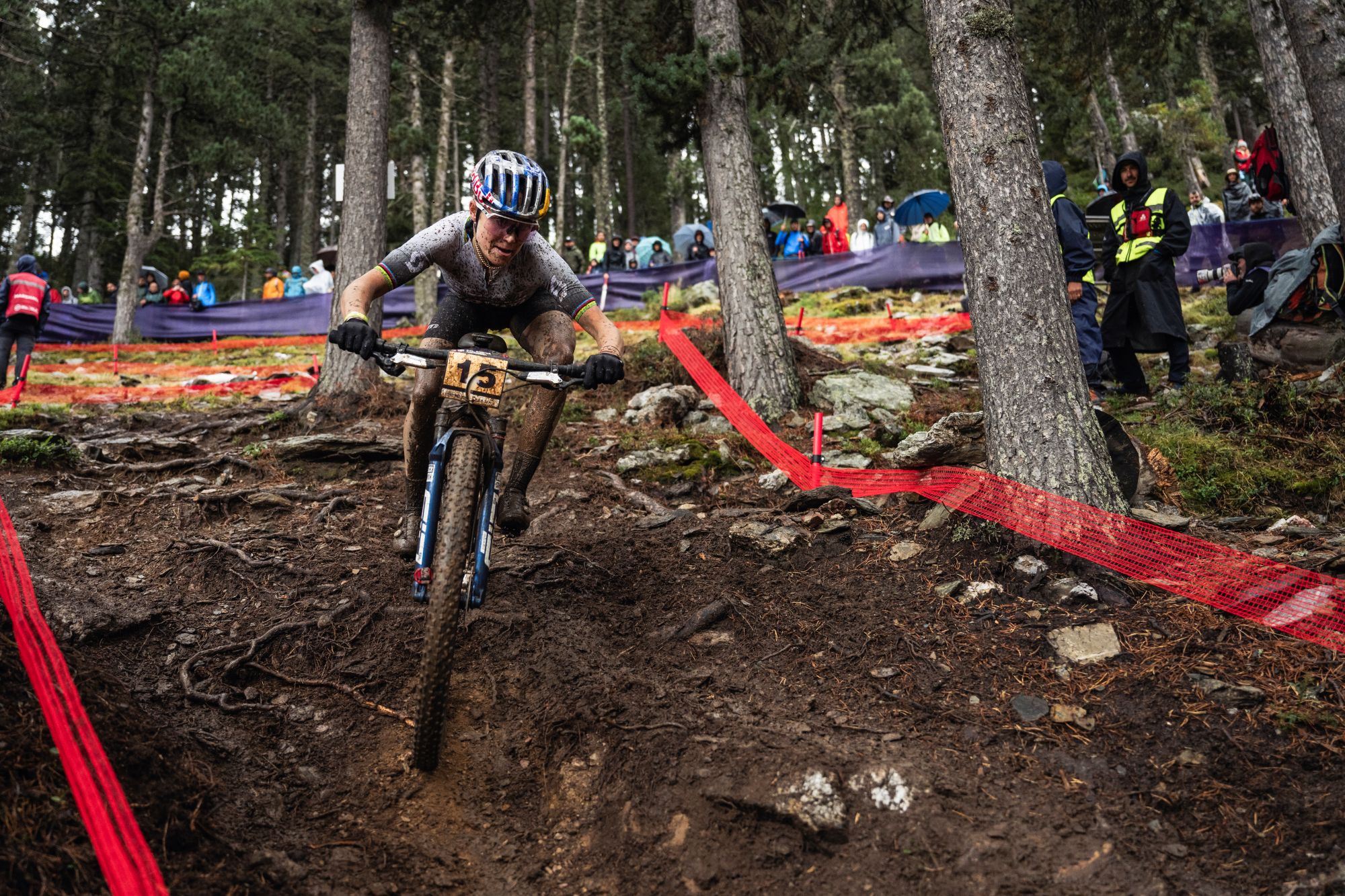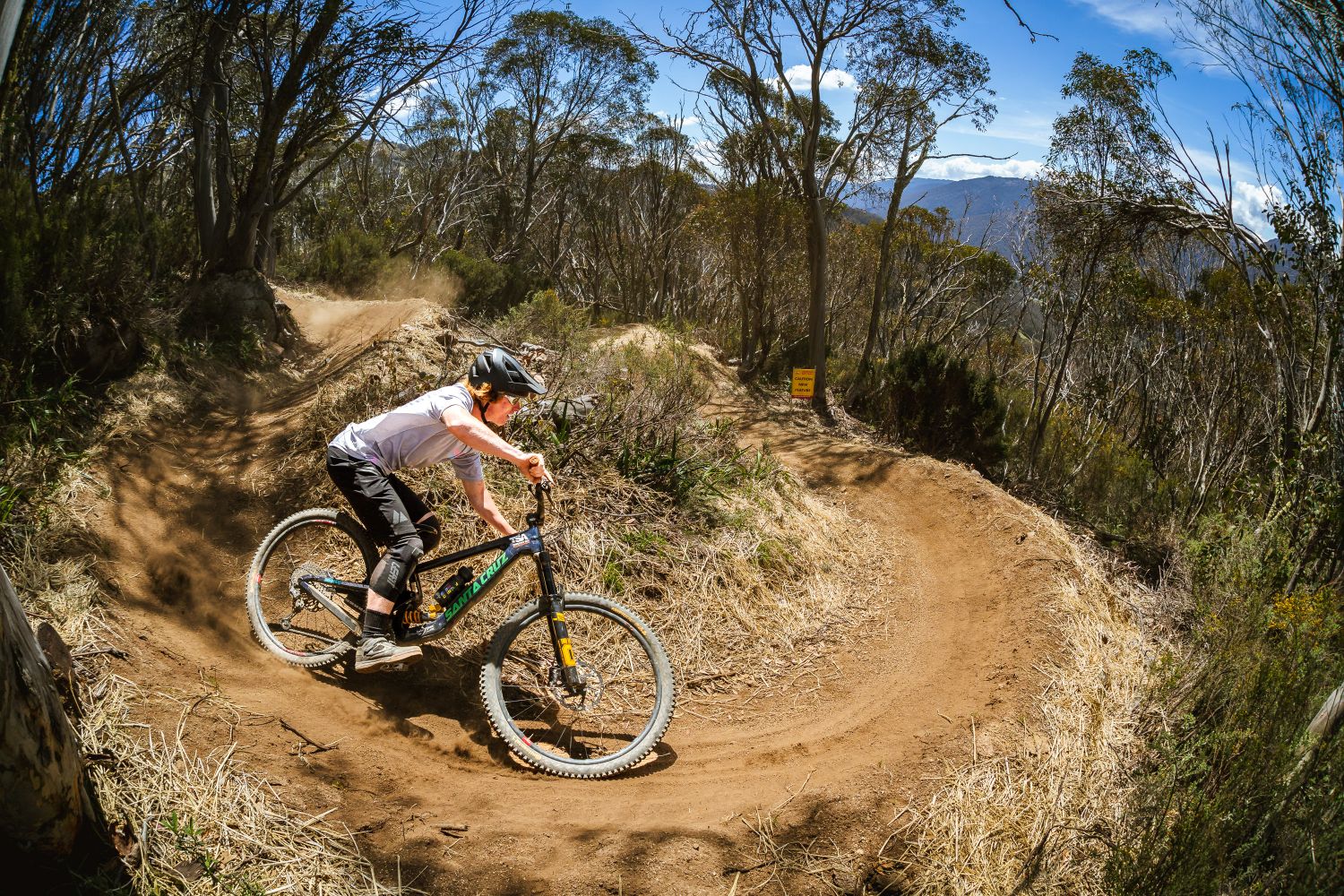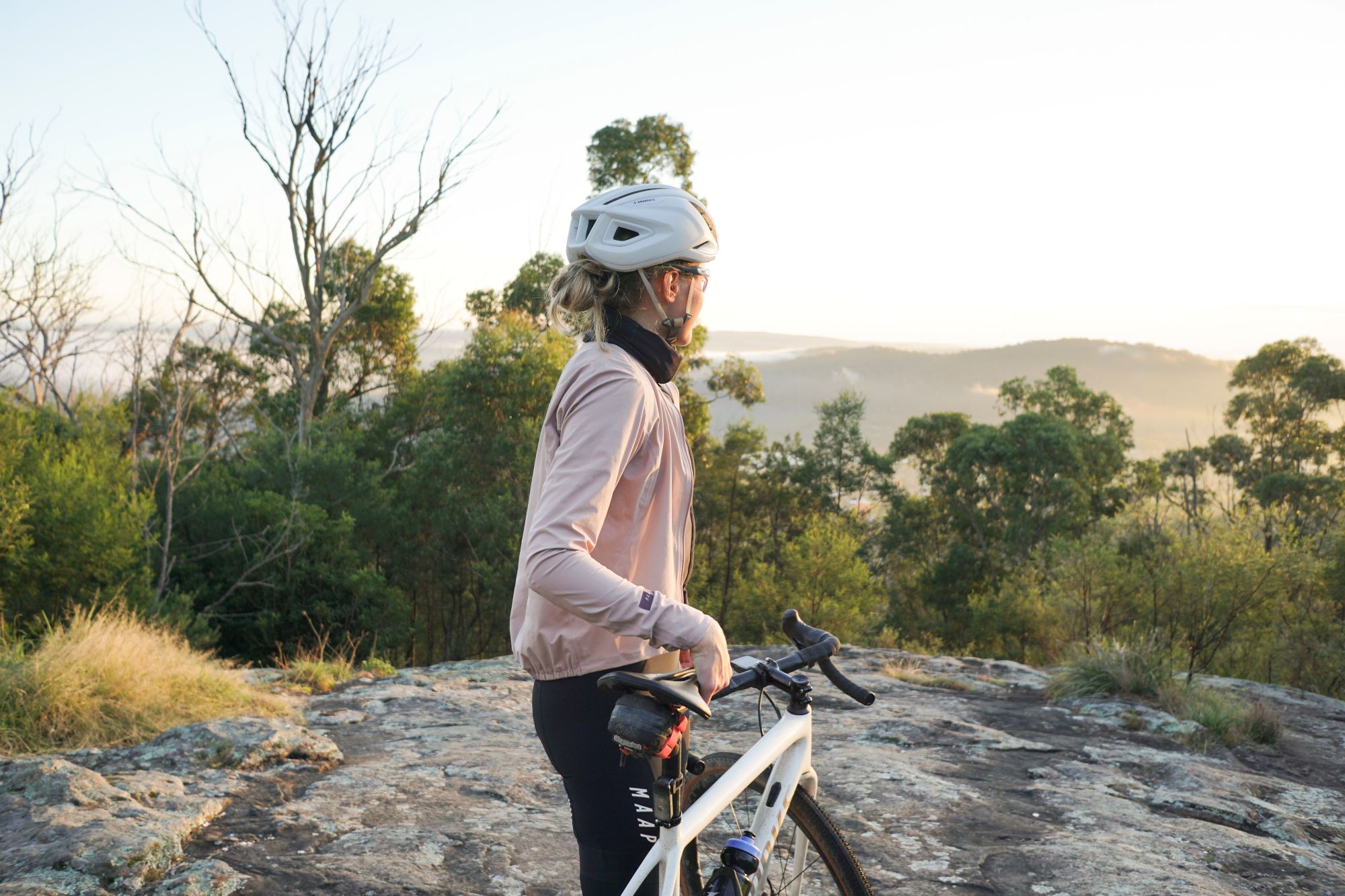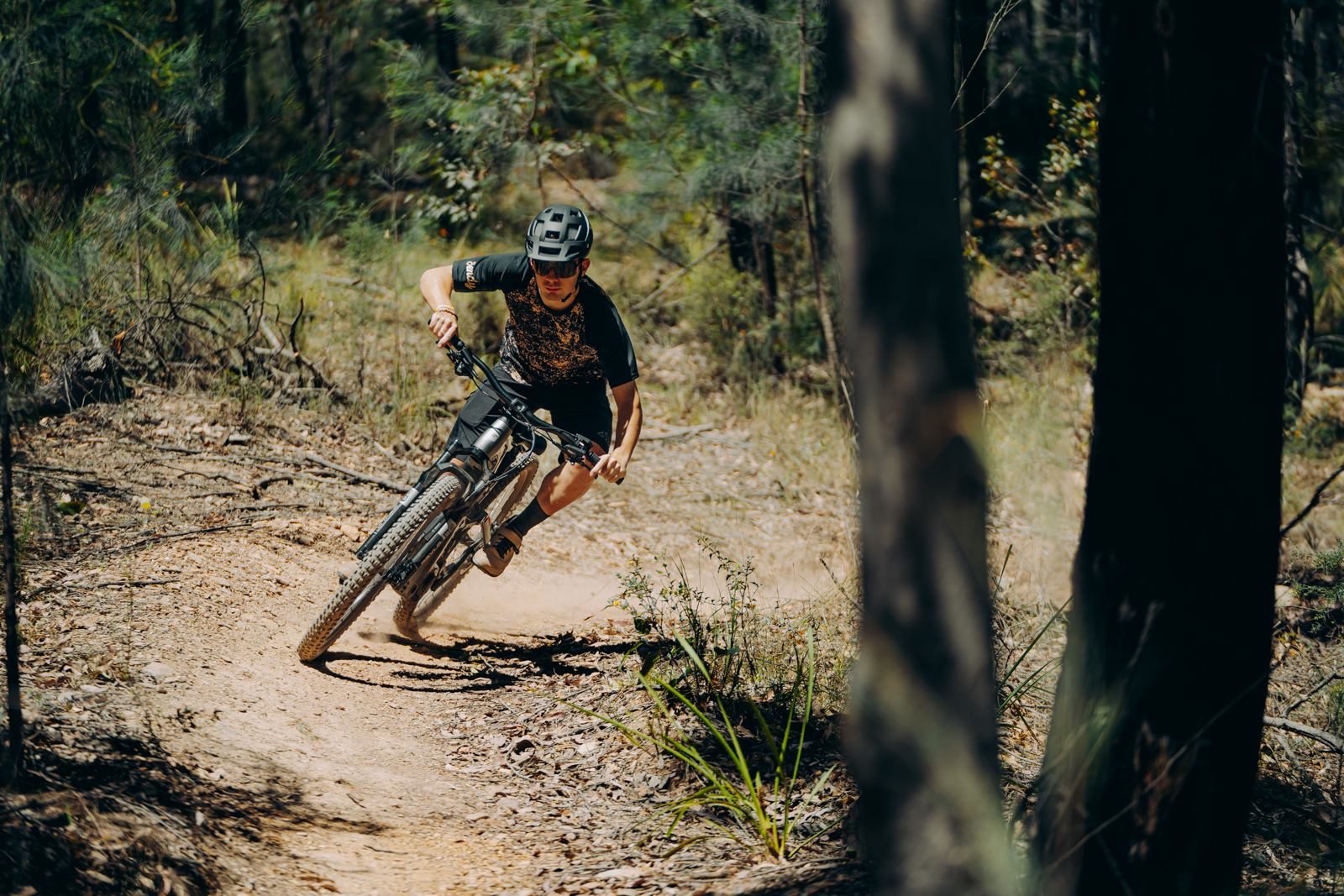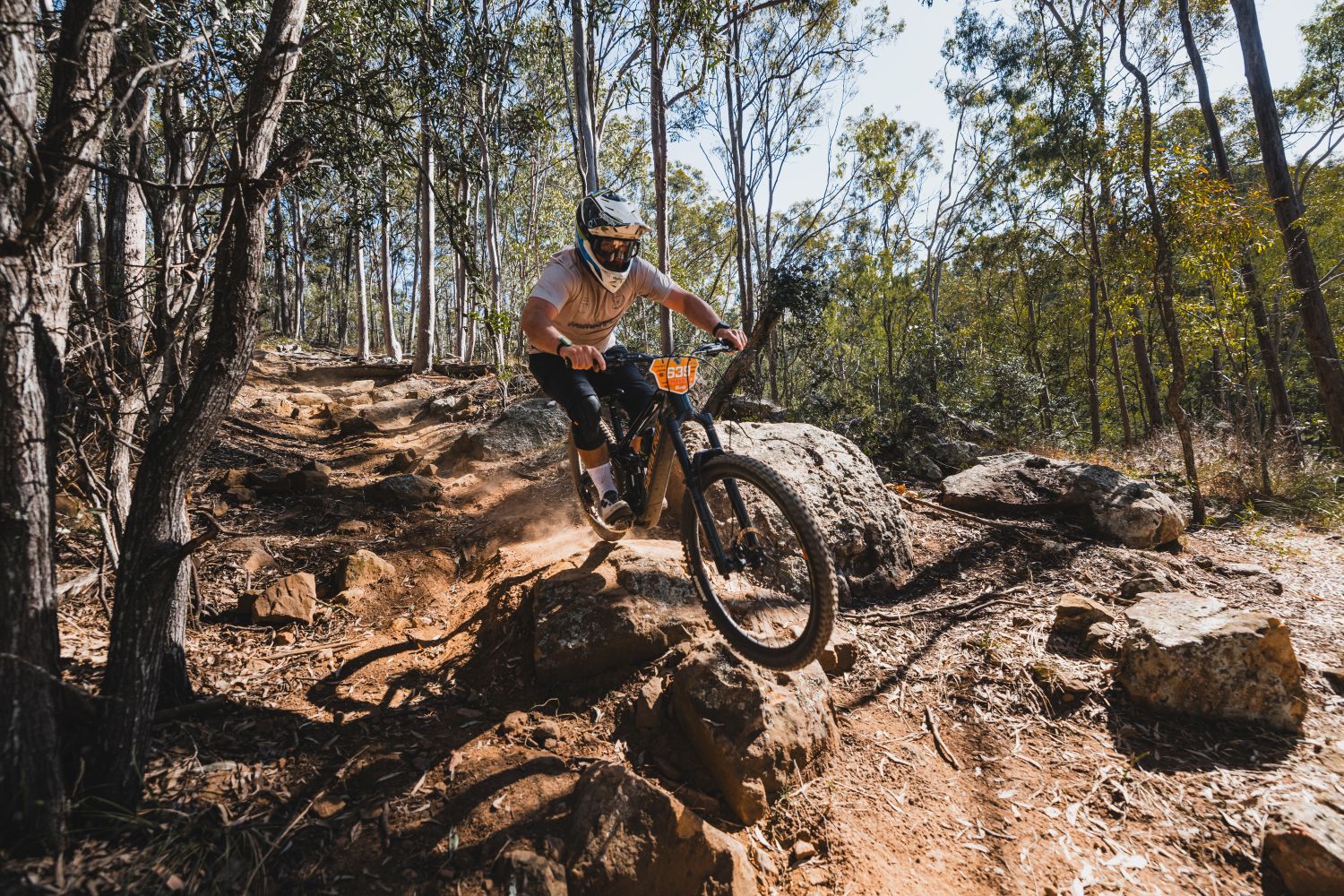Words: Zoe Wilson
Photos: Tim Bardsley-Smith, Mike Blewitt
Summer riding tends to mean longer rides in hotter and drier conditions and as temperatures rise, nutrition and hydration needs on the bike change. Whether you’re a weekend warrior or a top-level pro, you’ll want to dial in your summer nutrition and hydration strategies to get the most out of your performance on the bike this season.
It’s not all about the bike
Only thinking about food and fluid during summer rides is setting up to fail. A healthy athlete is a consistent athlete, so it’s extremely important to think about nutrition and hydration both on and off the bike. Eating well during the week provides the body enough nutrients to fuel and recover from training.
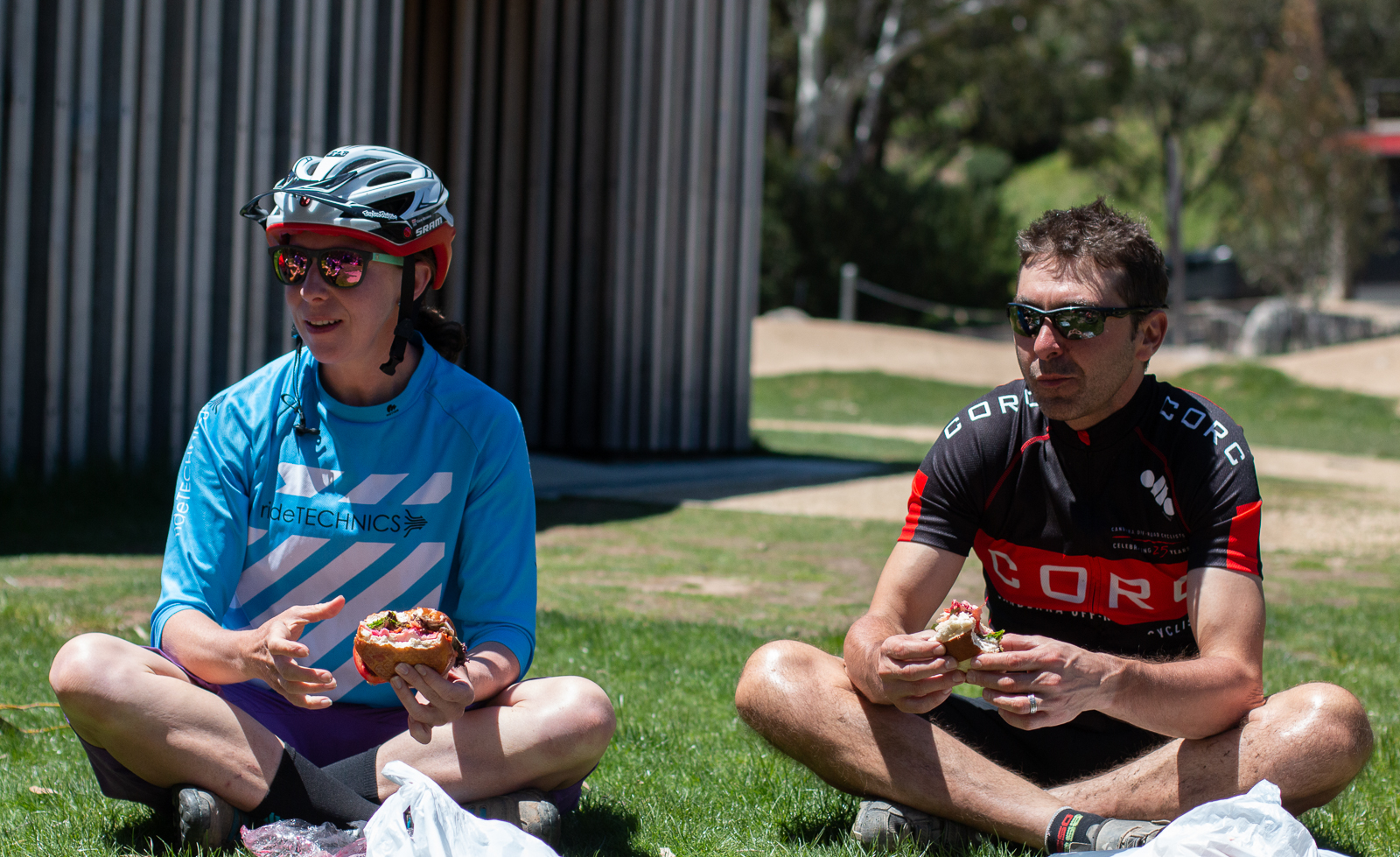
Importantly, good fuelling and hydration start off the bike. Starting a long summer ride under-fuelled or dehydrated leads to a tough day in the saddle. Instead, regularly drinking water and eating good quality meals will prepare the body for the work ahead.
Nail your daily diet
A well-timed gel or sports drink just won’t cut it if the base diet isn’t up to scratch. For proper fuelling and recovery aim for a mix of protein and carbohydrate foods as well as a vegetables and fruit for fibre, vitamins and minerals. Each person will need different amounts of food, but as a general guide, try not to skip meals and aim for good quality, unprocessed options where possible to maximise nutrients for performance.

Nail your daily hydration
There is no magic number of litres of fluids to drink every day. Instead, a sign of good hydration is going regularly to the bathroom with light yellow or clear urine and without struggling to pee. If taking vitamin supplements or eating food such as beetroot, the colour may be different, however the urine should be clear, not cloudy.
To ensure you are well hydrated, carry a water bottle and sip regularly throughout the day or set some structure around fluids. Some great examples are to have a glass of water with every meal or snack or every time you go to the loo.
Don’t forget to drink well after rides to replace the fluids lost, too. During recovery, the body continues to lose fluids through sweating and urine, so you need to drink regularly for 2-6 hours after a ride to rehydrate. Drinking fluids with recovery snacks and the following meal will help achieve this goal.
Hydration on the bike
As the weather heats up, we sweat more which can be a big hindrance to good performance. Studies show even fluid losses of just 2% of body mass are enough to decrease performance. With dehydration of more than 2% things get worse, with nausea, vomiting, diarrhoea, and other gut problems potential issues to face during a ride.
Create an on-the-bike fluids plan
To minimise the impact of dehydration on performance, develop a plan for drinking during exercise based on your own sweat rate. The amount you drink will change depending on the temperature, humidity and the length and intensity of a ride.
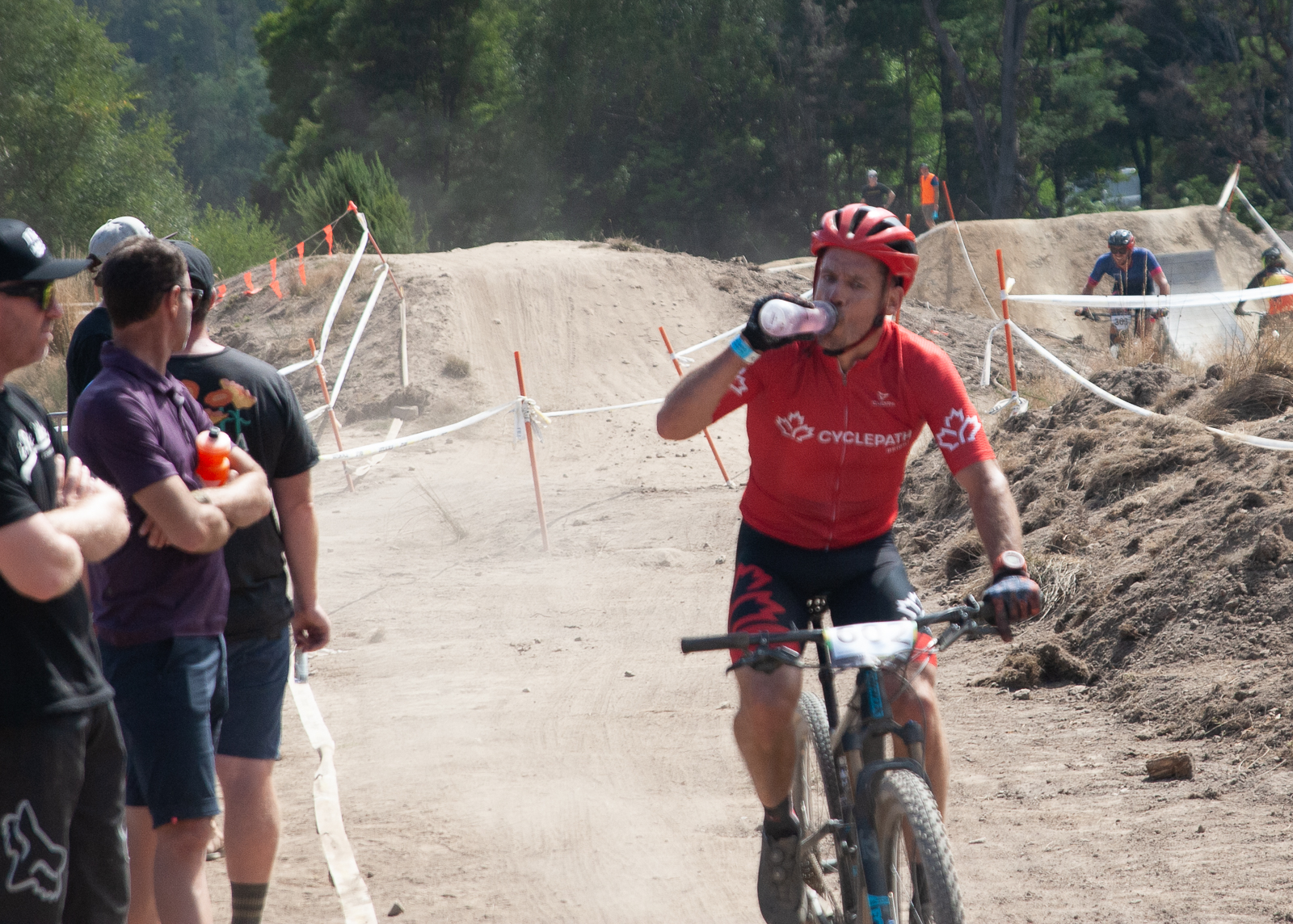
To estimate how much to drink during a ride, weigh yourself before and after and take note of how much you drank during the ride. If you come out weighing less than what you went in, you’ve lost fluids.
The amount of weight lost can help you determine how much you need to drink. For example, if you went for a 1-hour ride, didn’t drink anything, and weighed 1kg less once you were done, you’ve lost about 1L of fluid during the session. In this instance the sweat rate is approximately 1L per hour which is what you should aim to drink (or close to) during a ride in the same conditions to minimise dehydration. Do this little experiment in different weather conditions and during different types of rides to ensure you have a plan for all occasions.
Supplement if necessary
Do your clothes end up caked with white salt crystals by the end of your ride? Do you get crunchy bits of salt in your eyebrows? These are signs you might be a “salty sweater” and may benefit from adding an electrolyte powder or tablet to your bottles. If unsure, discuss with a Sports Dietitian who can test your sweat for sodium concentration and tailor a plan to suit your individual needs.

Know when to start fuelling on the bike
If your ride is longer than 90 minutes or over an hour but with high intensity intervals, adding carbohydrates will help to increase performance. During summer, eating on the bike is harder due to reduced appetite and often a more sensitive gut. You may need to switch up your fuelling strategy – go for sports drinks rather than solid food, add ice to your bottles or choose “lighter” food options such as a banana, jelly snakes or a smaller rice bar, rather than a heavy energy or muesli bar. Some sports food companies also have products designed specifically for the heat with ingredients such as menthol to help with cooling which may be worth a go. Like everything to do with sports nutrition, trialling several options is key to finding out what works for you.
Plan like a boy scout
When conditions are more intense, planning is essential. Always carry an extra 30-60 minutes worth of food and fluids in case your ride is longer than planned. Pack an extra gel or a sachet of sports drink powder if you know you’ll pass a tap and can refill.
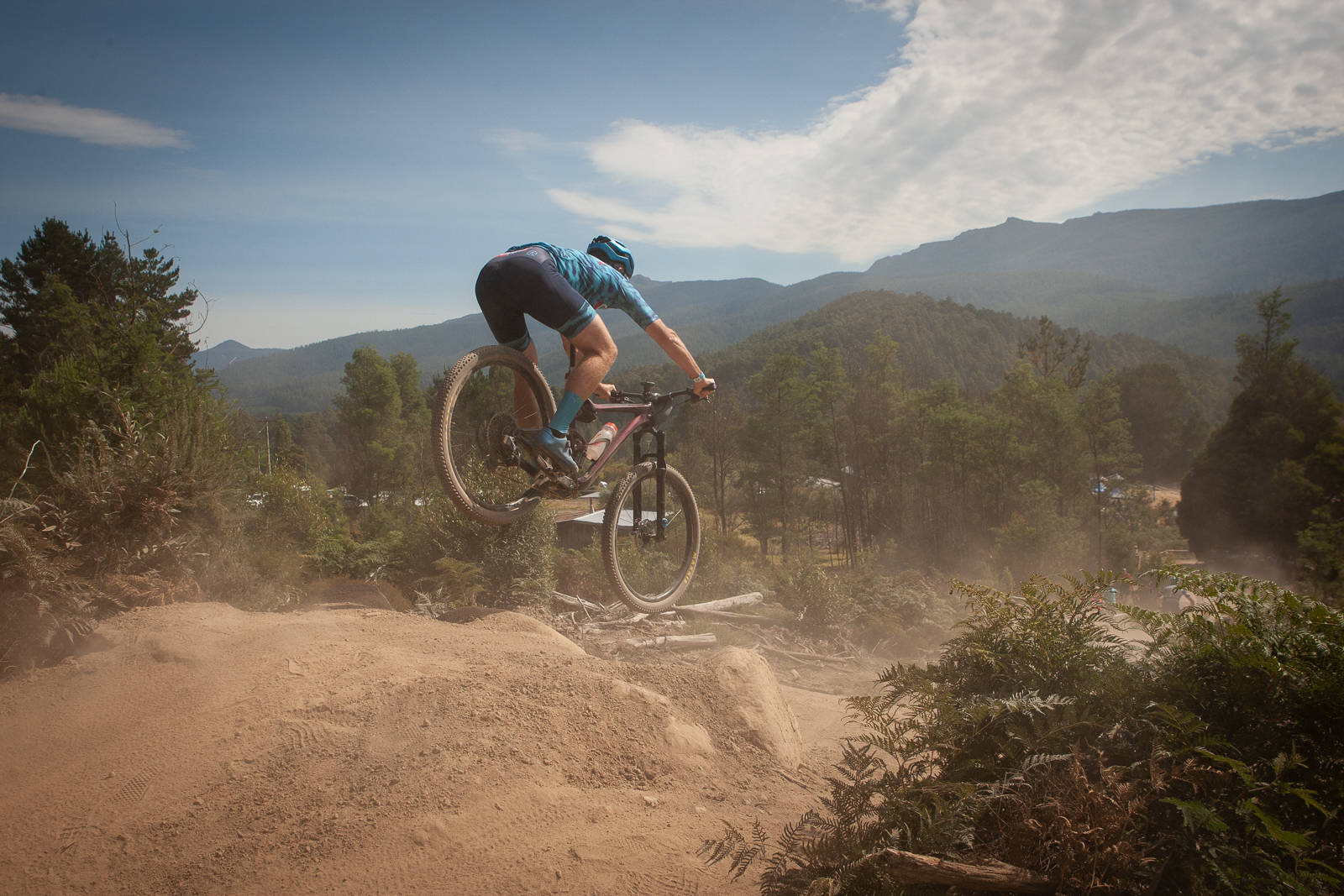
The bottom line?
Always remember to control the things you can. You can’t control a flat or a fall and if you’re racing, you can’t control your competition. You can control your nutrition and maximise your performance in the heat. Planning, practice and dialling in on a nutrition plan that works for you in all conditions will have you flying on the trails this summer!
For more nutrition articles, click here.

